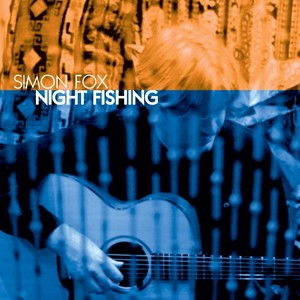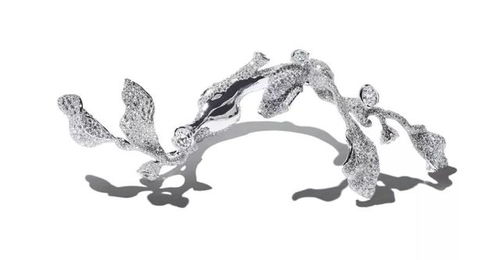Content:
Introduction: Night fishing offers a unique and serene experience, allowing anglers to explore the tranquility of the water under the starlit sky. However, it requires a different set of skills and techniques compared to daytime fishing. In this article, we will delve into the essential tips for night fishing, covering everything from choosing the right equipment to understanding the behavior of fish during the evening hours.
Understanding Night Fishing Behavior: Before heading out for night fishing, it's crucial to understand the behavior of fish during the evening. Many fish species become more active and aggressive during the night, making it an excellent time for catching them. Here are a few key points to keep in mind:
a. Timing: Night fishing is most effective during twilight hours, when the sun sets and the moon rises. This period, known as the "transition period," triggers increased fish activity. b. Fish Patterns: Fish tend to move to deeper water during the night to avoid predators and cooler water temperatures. Targeting these areas can increase your chances of success. c. Light Sensitivity: Fish have varying degrees of light sensitivity. Some species are more active in low-light conditions, while others may be less responsive. Familiarize yourself with the species you are targeting and their light sensitivity.
Selecting the Right Equipment: The equipment you choose for night fishing plays a vital role in your success. Here are some essential items to consider:
a. Rod and Reel: Opt for a medium-heavy rod with a fast-action tip for better control and sensitivity. A spinning reel with a smooth drag system is ideal for night fishing. b. Line: Use monofilament line with a lower visibility color, such as black or green. This will help minimize the chances of spooking fish. c. Lures and Baits: Night fishing requires specific lures and baits that mimic the natural prey of the target species. Soft plastics, spinners, and live bait are popular choices. d. Lights: A headlamp or a hands-free light source is essential for illuminating your surroundings and keeping your hands free for fishing activities.
Night Fishing Techniques: Once you have the right equipment, it's time to apply some effective night fishing techniques:
a. Locate Structure: Fish often gather around structures such as rocks, logs, and docks during the night. Targeting these areas can increase your chances of encountering active fish. b. Slow and Steady: Night fishing requires a slower approach. Move your lure or bait in a more deliberate and methodical manner to trigger strikes. c. Sensitivity: Be attentive to any signs of interest from the fish, such as subtle taps or nibbles. Night fishing often requires a heightened sense of sensitivity to detect these subtle cues. d. Patience: Night fishing can be more challenging and time-consuming compared to daytime fishing. Stay patient and be prepared for longer periods of waiting.

Safety Precautions: Safety should always be a priority when night fishing. Here are some important precautions to consider:
a. Inform someone of your location and expected return time. b. Use a life jacket if you are fishing from a boat or a pier. c. Be aware of your surroundings and avoid dangerous areas, such as fast currents or shallow water. d. Keep a first aid kit handy in case of an emergency.
Conclusion: Night fishing offers a unique and rewarding experience for anglers seeking a different perspective on fishing. By understanding the behavior of fish during the evening, selecting the right equipment, applying effective techniques, and prioritizing safety, you can increase your chances of success. Embrace the tranquility of the night and enjoy the thrill of catching fish under the starlit sky. Happy night fishing!












